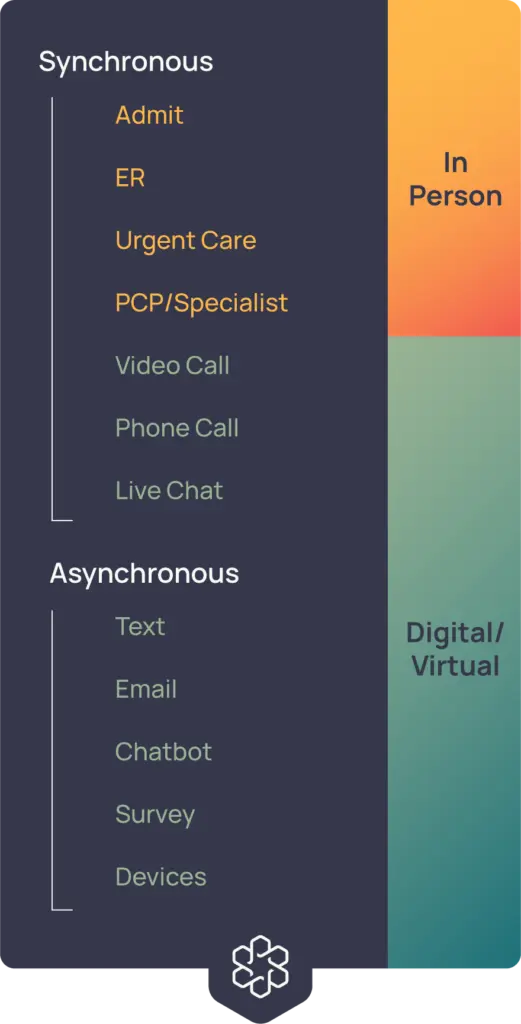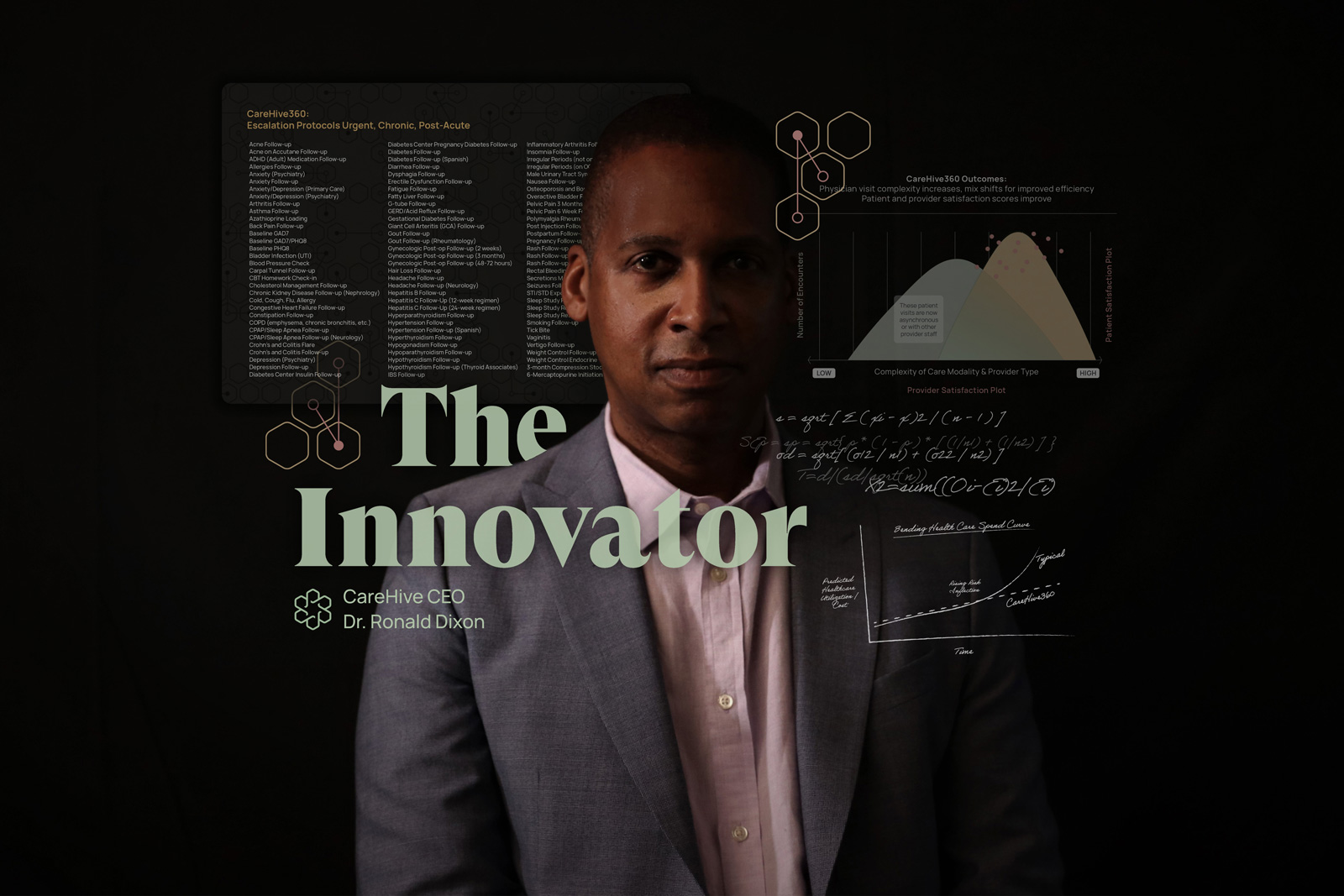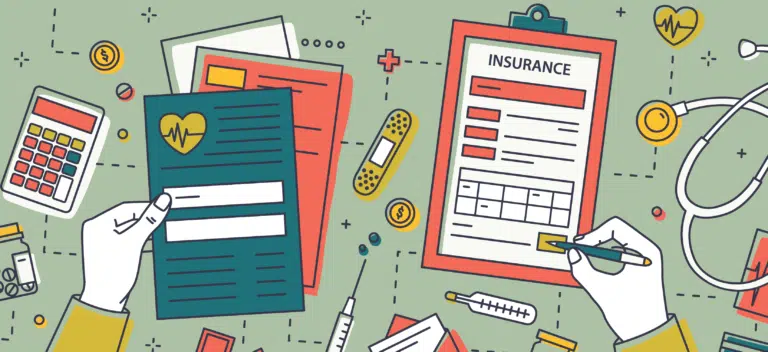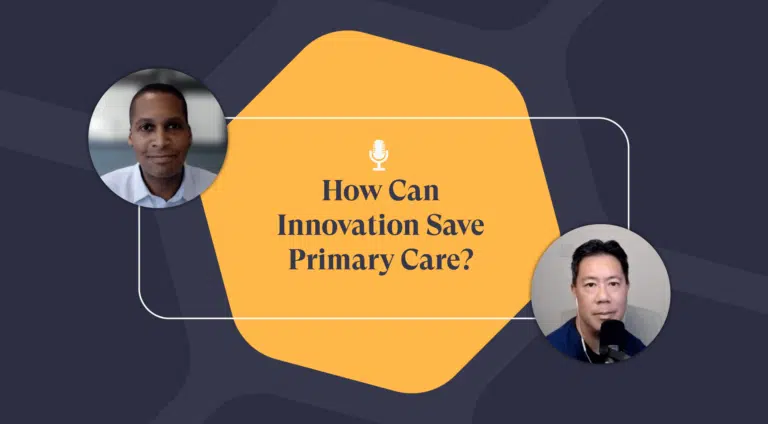CareHive Origin Story
CareHive is an evolutionary story two decades in the making. It is the relentless pursuit of digital healthcare innovation, converging with best-in-class customer experience. At its core, CareHive starts with its visionaries.
Dr. Ronald Dixon is a pioneer and innovator in the health tech industry. Throughout his career, he has viewed healthcare with laser focus and clarity. In the early days of email when most of us were uncertain of its potential, Ron had incorporated its use into his medical practice to follow-up with patients asynchronously. He developed telemedicine booths 20+ years ago to allow communities to visit with their doctors without coming to the office. All the while, he leveraged the value of data to improve healthcare outcomes. Prior to CareHive, Ron was the inaugural Director at Massachusetts General Hospital’s Virtual Practice Project as well as the Director for its Center of Integration of Medicine and Innovative Technology. His work led to the development of Healthcare 360, a technology platform that continues to aid physicians in monitoring and managing large patient populations.
Health Tech Innovator
While other industries have taken the forefront on technology advancements, improving healthcare and its inherent complexities have tended to lag. The pandemic shone a light on one aspect of health tech – the virtual visit and telemedicine – which catalyzed momentum and acceptance, both from the population at large but also public regulators. But “telemedicine” is just the tip of the iceberg; there is a full continuum of technology-enabled, data- and AI-driven health tech on our horizon which can address chronic, long-term, and post-acute care – not just after-hours urgent care. Done right, these technologies, processes, and services improve provider-patient conversations and relationships, deliver robust data and risk assessment, and create better patient outcomes – cost effectively. CareHive is leading this charge.
As an innovator, Dr. Dixon has always been intrigued by the capability of technology to disrupt industry and put more control in the hands of people. Banking, travel, dining, retail, and the list goes on. When Ron finished residency in 2001, his thinking was “Why not healthcare?” And he set off to do something about it. Here is some of the background Ron shared:
In 2020, Ron partnered with Dr. Jeremy Gabrysch, the founder of Remedy, a high-growth, digital health acute care company in Austin, TX. From triage to virtual visits to house calls, Remedy has received several awards in its industry for clinical excellence and customer service, and is loved in the communities it serves. Guiding patients to the lightest, most appropriate care with industry-leading customer experience was in Remedy’s DNA, and a perfect complement to Ron’s 360 tech and vision.


The team at CareHive understand that for every individual’s health there is a corresponding utilization and cost of health care that ensures the proper treatment and/or prevention of chronic conditions. Algorithms can help calculate risk based on population specific diseases, identifying individual risk over time, intervention, and the measurement of intervention impact. CareHive has also created over-utilization risk scores that identify the best candidates for intervention regardless of magnitude of their risk – this had the ability to bend projected healthcare utilization and cost.
Along the way, Ron’s vision and leadership, plus Remedy’s class-leading clinical care, navigation, and customer experience under Jeremy, attracted some of the best people in their fields to what would become CareHive.
Dr. Dan Moloney – SVP Data & Analytics
Dr. Moloney earned a Ph.D in Psychology from the University of Minnesota with an emphasis on Behavior Genetics, Statistics and Organizational Psychology. He started a successful Business Intelligence software analytics consulting services company (acquired), started the Data Science practice at RedBrickHealth (where he met Mike Erickson – RedBrick also acquired) where he took on Engineering, Product, Strategic Content and Data & Analytics while launching the new enterprise wellness platform. He then joined Onduo’s executive team as Head of Data & Analytics. It is there he met Ron and recognized their mutual interest in augmenting clinical and claim information with devices and surveys, leveraging this rich data for analytics to stratify and cluster patients, and recognize distinct digital phenotypes. CareHive is the next step in robust data analytics helping drive the appropriate utilization of health care.
Michael Erickson – SVP Engineering
Mike’s background is in product development and software in the semiconductor and medical space. After his military service (Airborne) and earning his computer science degree, he dove into the start-up environment and developed deep experience maturing technical strategy, operational processes, and business development. He met and worked with Ron and Dan at Onduo, and instantly understood and appreciated the vision for a more sensible, connected, satisfying health care experience. In moving to CareHive, Mike continued to see the prospect of “using technology for good”: increasing access, improving outcomes, and lowering costs and the burden placed on providers. He clearly saw that helping more providers effectively take on value-based populations would be a win for providers, the market, and society as a whole. CareHive is providing that opportunity to craft a platform that supports this vision alongside a world-class patient experience.
Dr. Suneet Singh – Medical Director
Dr. Singh is a physician who received his MD from Virginia Commonwealth University School of Medicine and then completed his residency training at University of Texas Southwestern Parkland Health & Hospital System. He is an Assistant Professor at UT Austin Dell Medical School where he helped create the Value-Based Healthcare-centric Leading EDGE curriculum. He has been teaching medical students and residents for over two decades with a focus on building efficient, systems-wide processes and creating value by decreasing waste and redundancy in healthcare. In this capacity, he has received several awards for leadership, patient safety, and clinical education. In addition, he has led several hospital-based multidisciplinary care review and process improvement committees. With a passion for patient care, efficiency, and value, Suneet brings CareHive a focus on improving outcomes via resource utilization, technology improvements, and creating meaningful engagements.
From a tech and data perspective, CareHive is continuing this trajectory, expanding to include async interventions as additional levers with digital interventions (telemed and devices) along the healthcare continuum, as well as expand into all chronic, post-acute and acute conditions. The goal is to identify the sub-populations of individuals who not only are at risk but are also impactable and then match them to the appropriate “dose” of healthcare escalating and/or de-escalating as needed and as the data presented to us from a rich array of clinical, device and deviceless sources is continuously leveraged. Add to this a robust clinical care delivery model, urgent and wraparound care, navigation and guidance, and patient follow-up through resolution, and the result is a unique hybrid of capabilities at CareHive.
The union of 360 and Remedy created CareHive as a true evolution of health care. Building on momentum years in the making around digital health, it is the realization of a vision to create a next generation health-tech platform coupled with the power of sophisticated navigational and clinical services. With experienced, multidimensional, innovation-focused leaders, and a team that are best in class on all fronts, CareHive is a data-driven healthcare company that creates high-value savings while maximizing convenience and satisfaction.






